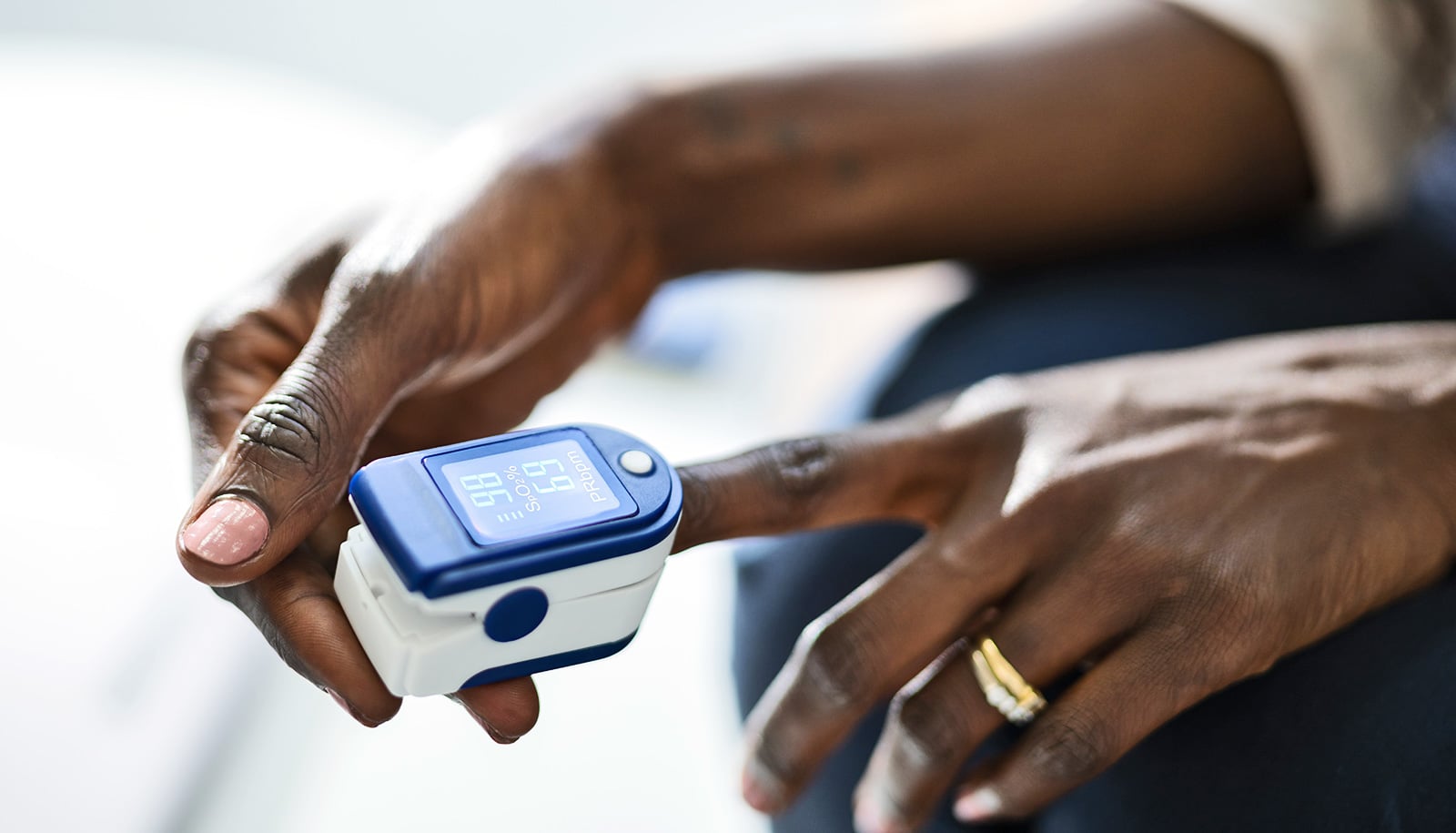Racially biased readings of blood oxygen levels using pulse oximeters may further limit opportunities for Black patients with heart failure to receive potentially lifesaving treatments, a new study finds.
Those treatments include heart pumps and transplants.
“This is especially important because we know that Black patients are already less likely to receive heart pumps or transplants compared to their white counterparts, and these inaccurate readings can further widen a disparity that must be addressed by our health care system,” says Scott W. Ketcham, a third year fellow in cardiovascular medicine at University of Michigan Health.
During the COVID-19 pandemic, researchers uncovered that pulse oximeters—devices placed on the finger to detect blood oxygen levels rather than directly from the blood—may not provide accurate readings for Black patients.
Heart failure providers use pulse oximeter readings to guide medication management decisions, as well as to determine whether patients are candidates for heart transplants or left ventricular assist devices, known as LVADs, which assist the heart in pumping.
n a review of adult heart failure patients treated in University of Michigan Health’s medical and surgical cardiac ICUs between 2016 and late 2022, researchers found that pulse oximeter readings underestimated how much blood was pumping out of a patient’s heart and overestimated the resistance in the blood vessels.
The study appears in the journal Circulation: Cardiovascular Quality and Outcomes.
“In addition to possibly precluding Black patients from being candidates for LVADs or heart transplants, these inaccurate measurements could result in the unnecessary use of medications that affect heart and vessel function,” says coauthor Matthew C. Konerman, a heart failure cardiologist at the University of Michigan Health Frankel Cardiovascular Center.
On February 2, 2024, the United States Food and Drug Administration held a public advisory committee meeting to discuss approaches to improve methods used to evaluate the performance of pulse oximeters with respect to skin pigmentation, race and ethnicity.
As changes are evaluated and considered, the results should prompt heart failure providers to rethink their management strategies, the researchers say.
“For our Black patients with heart failure, we need to either measure oxygen saturation directly from the blood or use other methods to measure hemodynamics if we are using them to guide treatment of these patients,” says senior author Sarah K. Adie, a clinical pharmacy specialist in cardiology at University of Michigan Health and adjunct clinical assistant professor in the College of Pharmacy.
Source: University of Michigan



